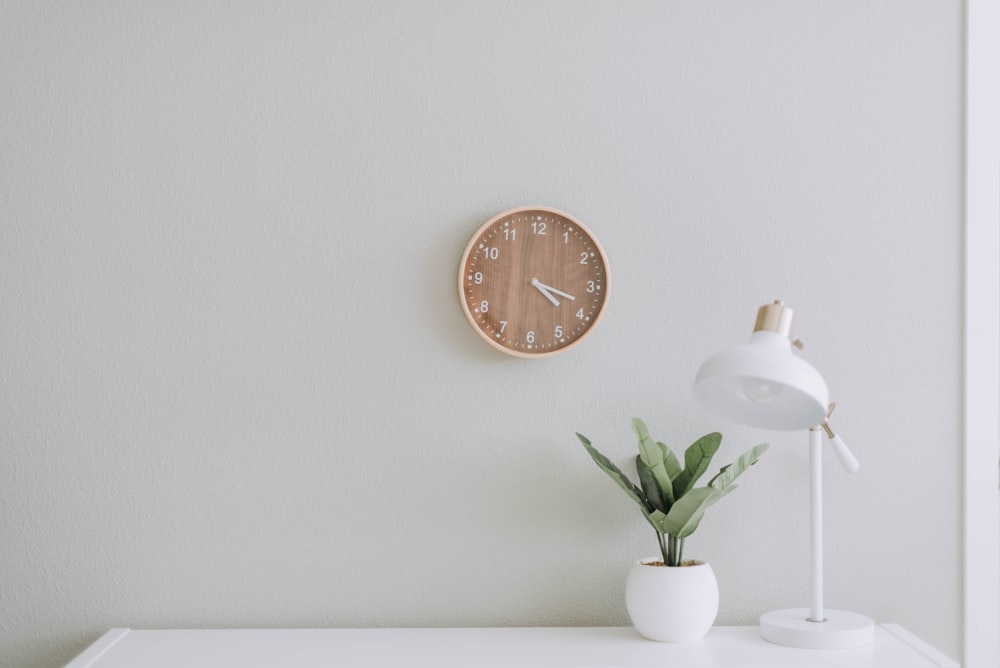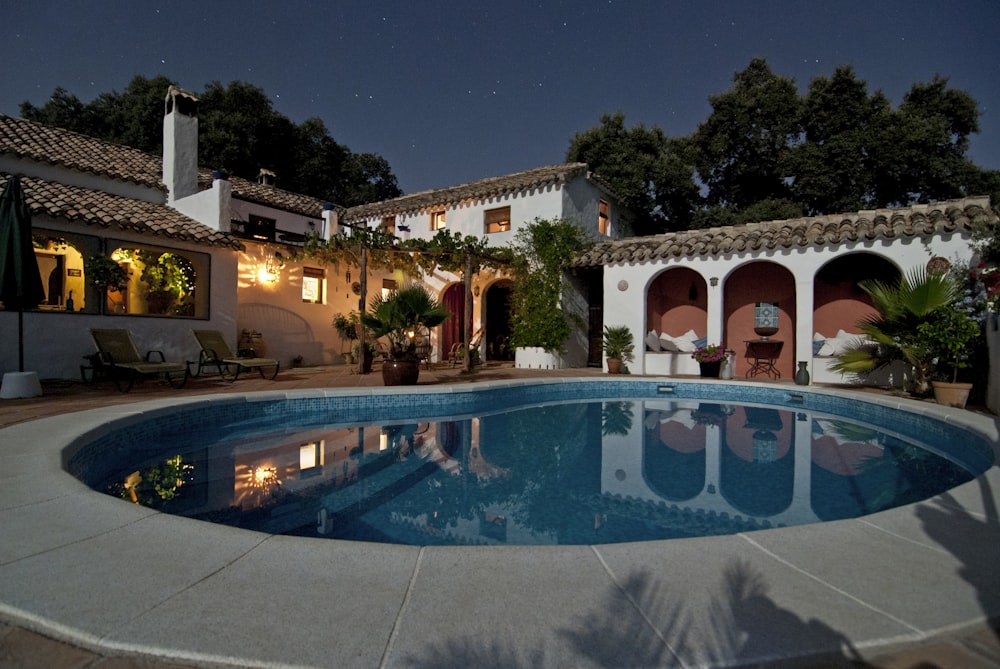
Art Deco Minimalism Fusion of Elegance and Simplicity
Exploring the Essence of Art Deco Minimalism
Art Deco Minimalism represents a unique fusion of two distinct design movements—Art Deco and Minimalism. This intriguing combination marries the opulence and glamour of Art Deco with the simplicity and restraint of Minimalism, resulting in a style that exudes elegance while maintaining a sense of understated sophistication.
The Legacy of Art Deco
Art Deco emerged in the early 20th century as a response to the lavishness of Art Nouveau and the austerity of the preceding Victorian era. Characterized by geometric shapes, bold colors, and lavish ornamentation, Art Deco epitomized luxury and modernity. Its influence extended across various art forms, including architecture, interior design, fashion, and visual arts, leaving an indelible mark on the aesthetic landscape of the era.
The Principles of Minimalism
In contrast, Minimalism emerged in the mid-20th century as a reaction against the excesses of consumer culture and the cluttered aesthetic of post-war society. Rooted in simplicity, Minimalism advocated for pared-down design, clean lines, and a focus on functionality. Rejecting unnecessary ornamentation and decorative flourishes, Minimalism sought to create spaces that were tranquil, uncluttered, and harmonious.
The Marriage of Two Movements
Art Deco Minimalism brings together the best elements of both movements, marrying the elegance and glamour of Art Deco with the simplicity and restraint of Minimalism. This hybrid style retains the opulent aesthetics of Art Deco while embracing the clean lines and minimalist ethos of Minimalism. The result is a style that is both luxurious and refined, yet effortlessly understated.
Key Elements of Art Deco Minimalism
At the heart of Art Deco Minimalism are several key elements that define its aesthetic. Geometric shapes, such as squares, rectangles, and triangles, are prevalent, lending a sense of order and structure to the design. Bold, contrasting colors, often in monochromatic schemes, create visual impact while maintaining a sense of simplicity. Luxurious materials, such as marble, brass, and velvet, add texture and depth to the space, infusing it with a sense of richness and opulence.
The Art of Simplicity
Despite its association with luxury and glamour, Art Deco Minimalism remains rooted in the principles of simplicity and restraint. Each design element is carefully considered and purposefully chosen to contribute to the overall aesthetic. Decorative elements are kept to a minimum, allowing the beauty of the materials and the elegance of the design to speak for themselves. The result is a space that feels serene, sophisticated, and effortlessly chic.
Creating a Timeless Aesthetic
Art Deco Minimalism offers a timeless aesthetic that transcends trends and fads. Its blend of classic elegance and modern simplicity ensures that it remains relevant in today’s design landscape. Whether incorporated into a grandiose architectural masterpiece or a cozy urban apartment, Art Deco Minimalism adds a touch of timeless glamour to any space.
Embracing Art Deco Minimalism
Embracing Art Deco Minimalism allows individuals to create spaces that are both visually stunning and highly functional. By combining the opulence of Art Deco with the simplicity of Minimalism, this hybrid style offers a sophisticated yet approachable approach to interior design. Whether used sparingly as accents or embraced fully as the dominant aesthetic, Art Deco Minimalism promises to elevate any space with its fusion of elegance and simplicity. Read more about art deco minimalism


![Reliable Patio Installation Services in [Your Area] Reliable Patio Installation Services in [Your Area]](https://images.unsplash.com/photo-1518185709042-a164638c8a8b?q=80&w=1000&auto=format&fit=crop&ixlib=rb-4.0.3&ixid=M3wxMjA3fDB8MHxzZWFyY2h8MTZ8fHBhdGlvJTIwaW5zdGFsbGVycyUyMGluJTIwbXklMjBhcmVhfGVufDB8MHwwfHx8Mg%3D%3D)
